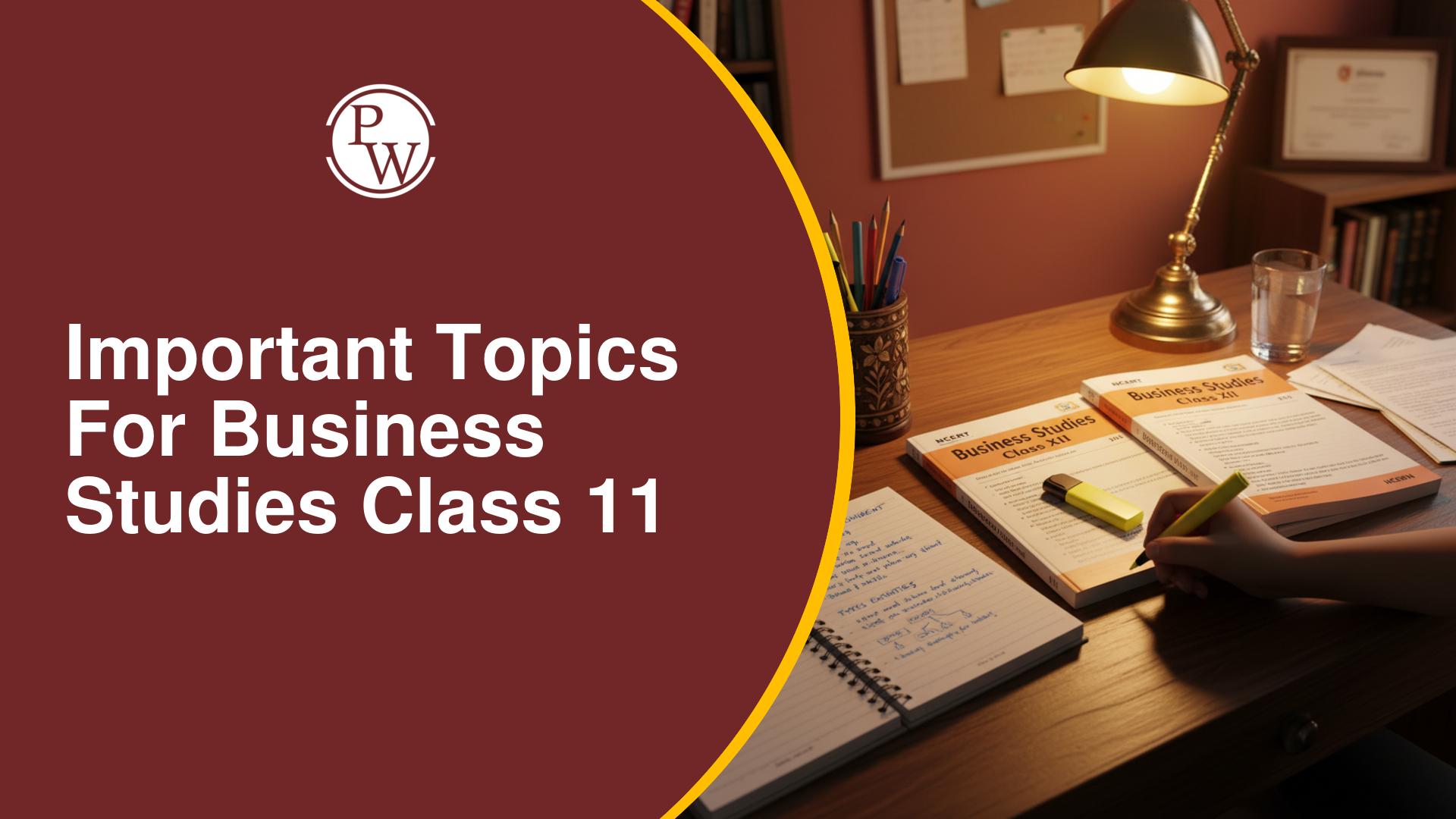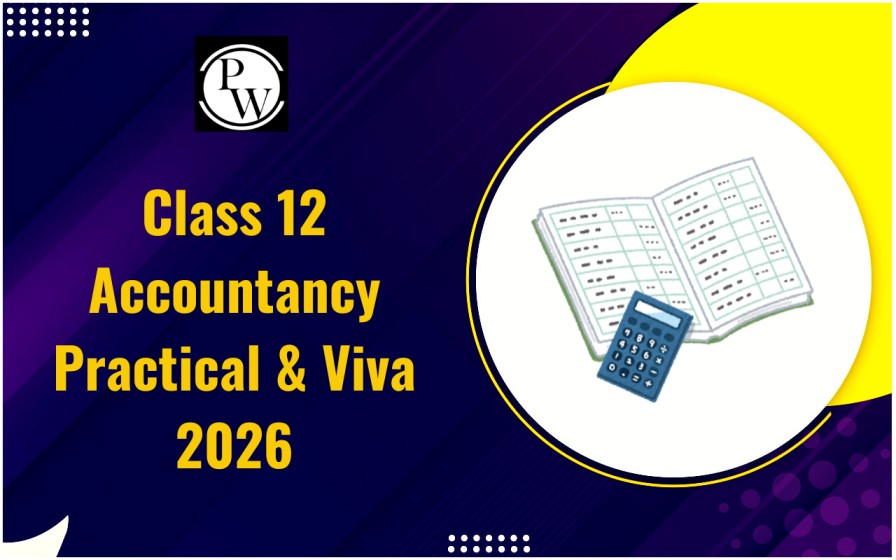
Formal Organization and Line and Staff Organization: Organizations play a vital role in ensuring efficiency, coordination, and growth within businesses and institutions. A formal organization is a structured social system that operates based on clearly defined rules, responsibilities, and a hierarchical system of power. Among different organizational structures, Line and Staff Organization stands out as a widely used framework, balancing control and flexibility. This article explores formal organizations, the process of organization, types of formal structures, and the line and staff organization in detail.
What is a Formal Organization?
A Formal Organization is a structured and well-defined system where roles, responsibilities, and relationships are clearly outlined. It operates based on rules, regulations, and a hierarchy that ensures the smooth functioning of the business. The structure is deliberately designed to achieve specific objectives and follows a systematic approach to decision-making.
Features of a Formal Organization
Defined Hierarchy: There is a clear chain of command, ensuring accountability.
Established Rules and Regulations: Standardized procedures dictate workflows.
Specialization and Division of Work: Employees are assigned specific roles based on expertise.
Stability and Continuity: Operations remain consistent over time.
Impersonal Relationships: Decisions are made based on rules rather than personal biases.
Characteristics of a Formal Organization
Below we’ve mentioned the characterstics of a formal organization:
Defined Structure: Clearly defined hierarchy with a systematic flow of authority.
Division of Work: Allocation of labor ensures specialization and efficiency.
Documented Policies: Rules, guidelines, and regulations are well-documented.
Specific Objectives: Organizations function towards achieving a shared goal.
Chain of Command: A structured communication process is followed.
Stability: It operates independently of individual participation.
Process of Organization
The organization process involves several crucial steps:
Determining Activities: Identifying and classifying essential business functions.
Departmentalization: Grouping similar activities into departments.
Delegating Authority: Assigning tasks and authority to executives.
Establishing Relationships: Structuring superior-subordinate relationships.
Coordination: Developing policies to ensure smooth operations and communication.
Types of Formal Organizations
Formal organizations are categorized based on their structural framework. The primary types include:
- Line Organization
- Line and Staff Organization
- Functional Organization
- Project Organization
- Matrix Organization
What is a Line and Staff Organization?
Formal Organization Line and Staff Organization is a management structure that combines two different types of authority: line authority and staff authority. This hybrid approach ensures a balance between direct decision-making power and expert advice for strategic planning.
Components of Line and Staff Organization
Line Authority: This represents the direct chain of command where decisions are made and implemented. Managers in the line authority are responsible for executing business functions and managing subordinates.
Staff Authority: Staff members provide specialized advice and support to line managers. They assist in decision-making but do not have direct control over operations.
Characteristics of Line and Staff Organization
Below we’ve mentioned the characteristics of line and staff organization:
Combination of Specialization and Authority: It merges technical expertise with a hierarchical structure.
Defined Functional Areas: Responsibilities are divided among line and staff executives.
Dual Authority: Line authority focuses on decision-making, while staff provides advisory support.
Systematic Decision-Making: Collaboration between line and staff ensures well-informed decisions.
Clear Supervision: Staff members act as counselors, while line executives maintain command power.
Structure of Line and Staff Organization
The organizational hierarchy follows a layered approach:
Managing Director
- Production Manager → Plant Supervisor → Foreman
- Marketing Manager → Market Supervisor → Sales Executive
- Finance Manager → Accountant → Chief Accountant
Differences Between Line and Staff Organization
Below we’ve mentioned the difference between line and staff organization:
| Diffeence Between Line and Staff Organization | ||
| Aspect | Line Organization | Line and Staff Organization |
| Purpose | Directly works towards organizational goals | Supports line managers through advisory roles |
| Authority | Formal authority through hierarchy | Advisory authority without formal control |
| Expertise | General management experience | Specialized knowledge in specific fields |
| Flexibility | Less flexible | More adaptable to complex environments |
Advantages of Line and Staff Organization
Below we’ve mentioned the advantages of line and staff organization:
Specialization: Allows professionals to focus on their expertise, improving efficiency.
Better Discipline: Clear authority lines maintain order and discipline.
Balanced Decision-Making: Line managers benefit from expert advice, ensuring informed decisions.
Growth Opportunities: Suitable for expanding organizations, enabling scalability.
Employee Development: Encourages career progression and specialization.
Reduced Workload for Line Managers: Staff officers assist in decision-making and execution.
Quick Decision-Making: Line officers can focus on core tasks while receiving input from staff specialists.
Disadvantages of Formal Organization Line and Staff Organization
Below we’ve mentioned the disadvantages of formal orgaization line and staff organization:
Complexity: Multiple authority levels may lead to confusion and delayed decision-making.
Conflicts Between Line and Staff: Disagreements between line managers and staff advisors can create friction.
Increased Costs: Hiring staff specialists can add financial strain to an organization.
Resistance to Change: Line managers may resist staff suggestions, slowing innovation.
Dependence on Expertise: Over-reliance on staff advisors can weaken the decision-making capabilities of line managers.
Factors Affecting Organizational Structure
Several factors influence the development of an organization’s structure:
Size: Larger organizations require complex structures for efficient management.
Life Cycle: Different stages of business growth demand structural adjustments.
Strategy: Growth-oriented firms adopt flexible structures for quick adaptability.
Business Environment: Dynamic markets necessitate a responsive organizational setup.
Examples of Formal Organization Line and Staff Organization
Below we've mentioned some examples of formal organization line and staff organization:
Example 1: Manufacturing Company
A car manufacturing company follows a Formal Organization Line and Staff Organization structure where:
- Line Managers supervise production, quality control, and logistics.
- Staff Experts provide engineering, marketing, and financial advice.
Example 2: Hospital Management
A hospital operates under a Formal Organization Line and Staff Organization, where:
- Doctors and medical staff function under line authority.
- HR, finance, and administrative staff act as support advisors.
A formal organization ensures a structured and disciplined work environment, helping businesses achieve their goals effectively. Among various organizational frameworks, the Line and Staff Organization plays a crucial role in balancing authority and expertise. By integrating specialized staff roles with line management, organizations can enhance efficiency, streamline decision-making, and adapt to a dynamic business environment. Choosing the right organizational structure is essential for sustainable growth and operational success.
Join PW Commerce Online Course and unlock your potential with quality education and dedicated learning support.
Formal Organization and Line FAQ
What is a formal organization?
What is the key difference between line and staff organization?
What are the benefits of a line and staff organization?
How does hierarchy function in a formal organization?










